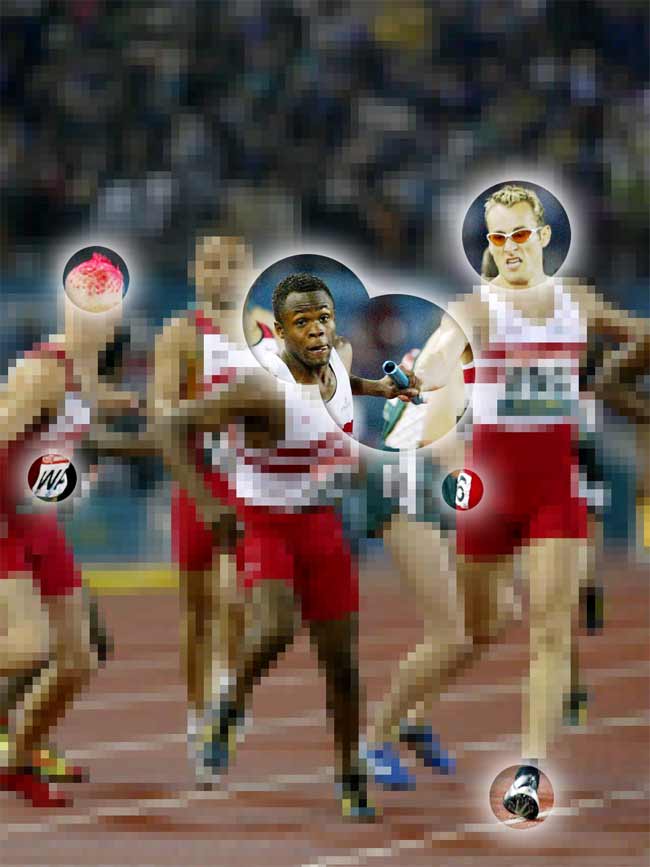Why Shocking Images Stick in Short-Term Memory

You’d probably remember seeing a man with pink hair more than you could recall the guy walking next to him with brown hair. That’s because our brains best remember attention-grabbing images, according to a new study.
Previous research has implied an upper limit to the number of visual images a person can store in short-term memory, but a new study found that memory capacity is much more flexible.
"Before people have had this idea that visual memory has a very simple limit: three or four items and that's it," said researcher Paul Bays, a neuroscientist at University College London. "What my research shows is that there isn't that upper limit, but instead there's a single resource that’s shared out between items. What happens is that the items that stand out get more of this resource, and so are remembered with greater precision."
The study, funded by the British biomedical research fund Wellcome Trust, will be detailed in the Aug. 7 issue of the journal Science.
Bays and his University College London colleague Masud Husain showed subjects computer screens displaying colored squares or lines for one second. After the screen went blank, one object would reappear, but slightly shifted in position. The scientists then asked the participants what direction the object had moved in.
The researchers found that the more objects there were in the image, the harder it was for subjects to remember the original position of the changed item. However, the scientists did not measure a sharp drop off in performance at a limit of three of four objects, as previous research would have predicted.
"To see whether attention was having an effect we had one item flash very briefly before they all disappeared," Bays told LiveScience. "We found that if the flashed item was then the one that was moved, subjects were better at remembering it."
Sign up for the Live Science daily newsletter now
Get the world’s most fascinating discoveries delivered straight to your inbox.
Bays said this experiment revealed a previously unknown aspect of working memory. Rather than having a fixed limit on the number of visual items we can recall, we have a total memory capacity, which gets subdivided based on how much attention we pay each object, with the more striking and noteworthy taking up more of our working memory resources.
"It just seemed like something was lacking in the research that had been done so far," Bays said. "People had only looked at the question in terms of do you remember it or don't you remember it. You need to ask how accurately do you remember it?"
He predicts that his discovery about visual memory may apply to other types of memory, including the number of digits or words we can recall.
Research in those fields has also generally found fixed ceilings on the number of items short-term memory can hold: generally about four things, with a capacity of about seven if certain tricks, such as chunking information in groups, are used.
"I suspect the same thing will apply — that in fact this limit doesn’t really exist but it's just because people haven’t been looking at this thing the right way," Bays said. "I think you'll find our memory is more flexible than that."
- Video: Attention Training
- Video: A Turn-off Switch for Alzheimer's
- Top 10 Mysteries of the Mind










